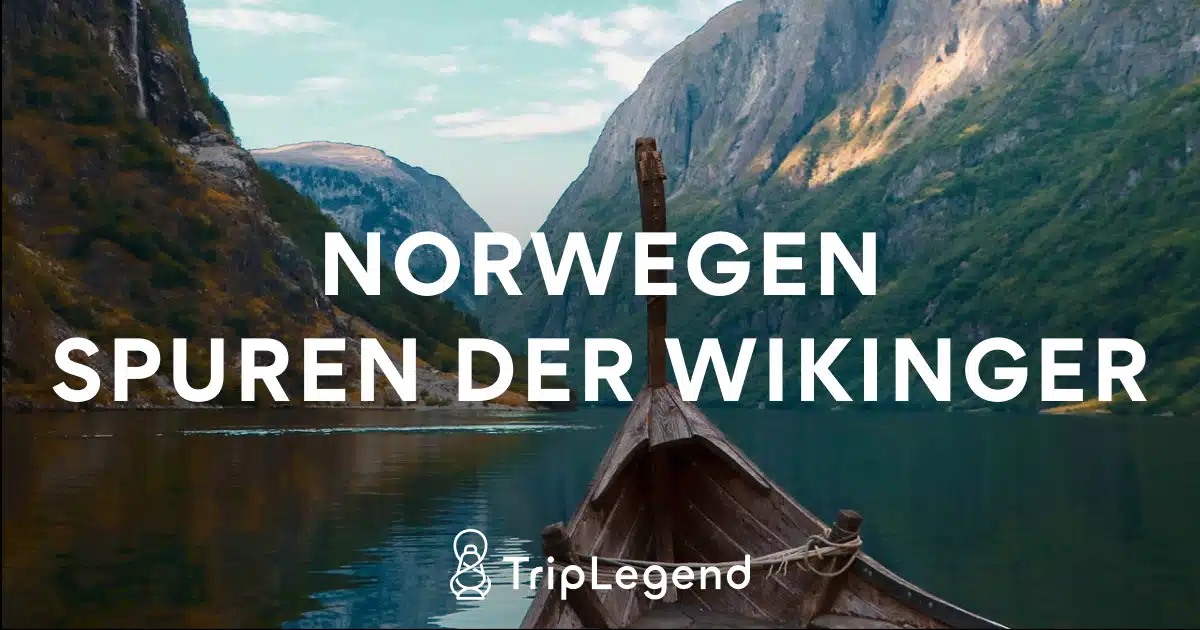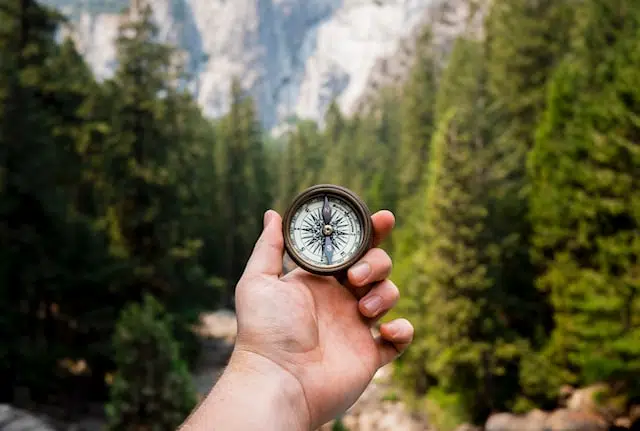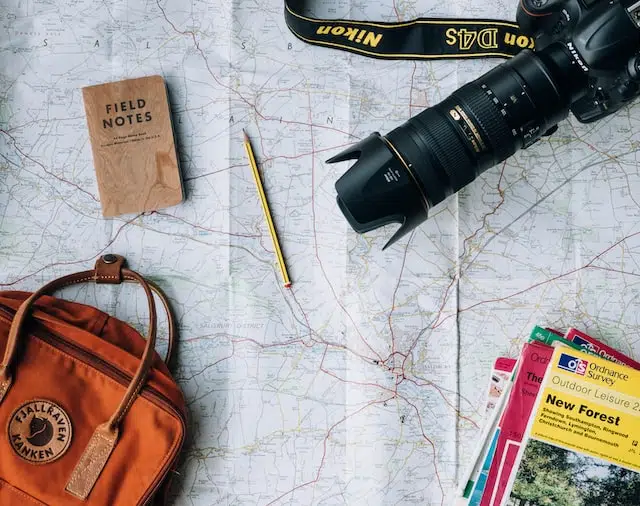Who is simultaneously a barbarian raider, peaceful trader and farmer, colonizer and slave trader? That's right, only the Vikings were.
But who were the Vikings actually? Where did they live and how can we follow their traces to this day?
Who were the Vikings
In those days, Vikings were all people who robbed, stole and traveled by ship.
The word "Viking" is derived from the Old Norse "vikingr", which means to rob or plunder. Presumably the Vikings did not give themselves this name, but were given it by their opponents.
The Vikings were therefore not a single ethnic group, but a term for all plundering seafarers from Scandinavia. At the time, they lived in so-called clans spread across Sweden, Denmark and Norway.
Each clan had a chieftain, who was called the Jarl. He was the head of the clan or community, but unlike a king, he was not the ruler of his people. He had to discuss decisions with the other members at regular meetings.
The clans lived very simply as farmers, traders and fishermen in tranquil wooden huts. To improve their standard of living, many men decided to sail to distant places in specially built longships to scavenge valuable treasures.

The raids of the Vikings
The Viking Age began with the first attack on an English monastery on the island of Lindisfarne in 793, which was clearly attributed to the Vikings. Many raids in Northern and Central Europe shook the people living there. It was hardly possible to prepare for such an attack, as the longships did not need a harbor to dock. They could therefore suddenly appear at any time.
The Vikings sailed incredible routes from Greenland to North America in the west, as well as to present-day Russia and Turkey in the east. Southwards, they reached as far as Italy and the Mediterranean.
So they were already in America 500 years before Columbus. However, they rejected their settlement plans there due to massive resistance from the indigenous peoples.
Vikings, also known as Norsemen, were very fearless in their raids. Their belief in life after death strengthened them in battle. They believed in the Norse gods such as Odin and Thor. If a warrior died in battle, he lived an eternal life at the side of the gods in Valhalla. Clinging to this belief allowed the Vikings to advance brutally and fearlessly into new territories.
The Northmen sailed not only to plunder, but also to create new settlements. It was therefore not unusual for the men not to spend the winter in their homeland.
During the absence of the men, the women took over the leadership of their clans.
They took care of the family, looked after their possessions and even became heiresses in the event of their husband's death. Even then, Viking women had a very progressive position, as they were still protected from sexual violence and had the right to divorce.
Occasionally there were also so-called shield maidens, women who went on raids just like the men.
Gradually, however, the opponents of the Norse warriors succeeded in protecting their territories. With their large armies and fortifications, they put a brake on the military superiority of the Vikings.
The last great Viking Harald Hardrada, King of Norway, died during the invasion of England at Stamford Bridge. His death in 1066 also marks the end of the Viking Age.
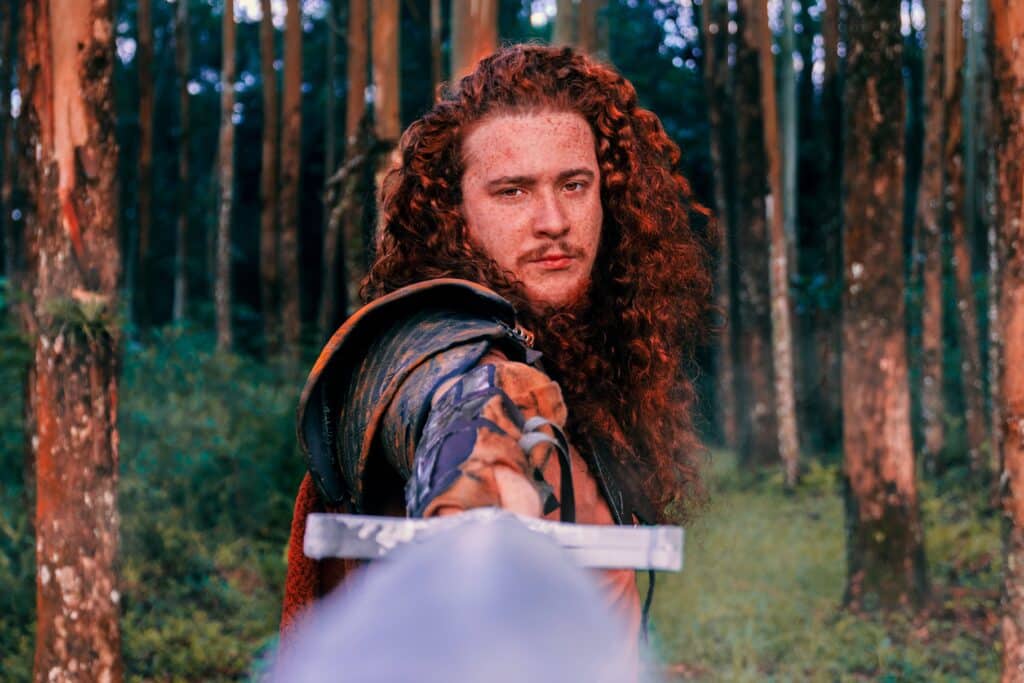
Trade network and settlements
The Vikings set sail not only to plunder, but also to expand their trading network and establish new settlement areas.
Viking goods included hides and animal skins, precious stones, honey and wax. They traded for spices, armor, silk and precious metals such as gold and silver.
However, the Vikings were best known for their trade in slaves. They took many people with them during their conquests and enslaved them. Slaves then either had to help out in their clans or the new settlements, or they were sold as goods across the entire northern hemisphere known at the time.
In addition to the cruel slave trade, conquests and settlements were often accompanied by rape and abduction. All in all, this terrible practice makes it difficult to find specific descendants of the Vikings today.
There were many trading towns, but one stands out. Back then, Haithabu was an important hub in the Viking trading network. Located in what was then Denmark and is now Schleswig-Holstein, the North Sea, Baltic Sea and Elbe River made it a good port of call for trade.
After Haithabu lost its importance after the end of the Viking Age, a village can now be found there as a memorial site.
Other settlements were established in the Baltic states, Russia, Ukraine, Denmark, Germany, England, Ireland, Greenland and France. The best-known settlement to this day and even named after the Norsemen is the French Normandy.
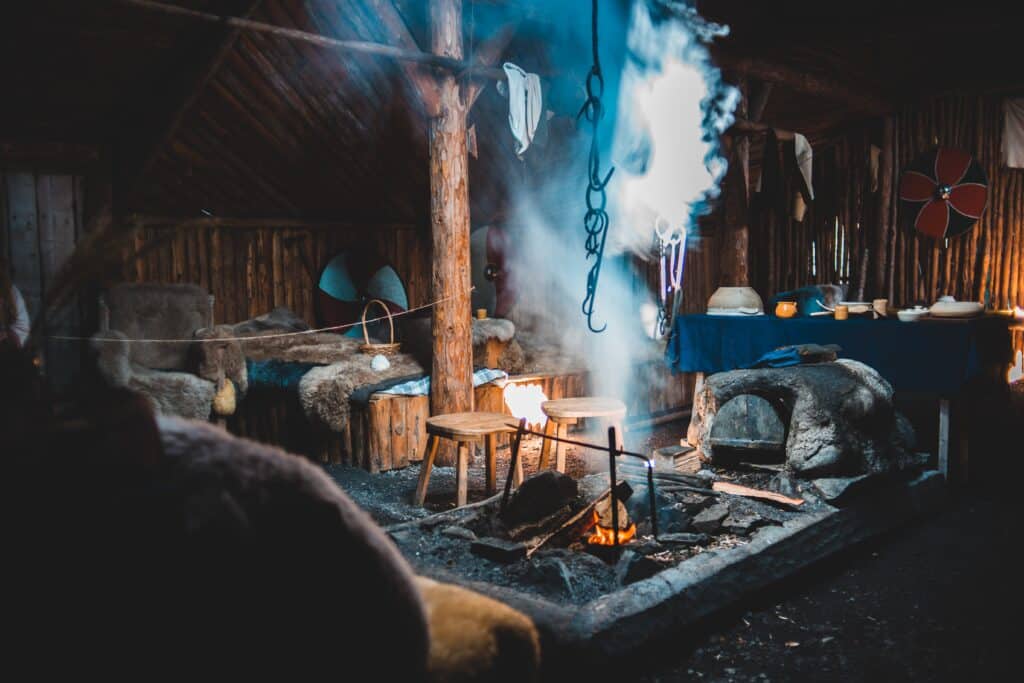
The traces of the Vikings in Norway
Following in the footsteps of the ancient Vikings, a trip to Norway is worthwhile today. As the origin of the Vikings, you can still find interesting museums and events today. Did you know that the history of Oslo is closely linked to the Norsemen?
Or that you can still order mead (Mjød norw.), a beer-like, alcoholic brew with honey, in Norwegian restaurants?
It is also worth visiting the Oseberg burial mound. There you can see with your own eyes what traditions the Norsemen had after their death. Did you know that the warriors were buried in burial ships with all their jewelry and animals?
You will find further living cultural heritage among the modern Vikings. They do not rob, plunder or enslave, but keep the good traditions alive. Traditional trades are taught, Food and built houses.
Would you like to see this with your own eyes? Then travel between May and October into the then publicly accessible, modern Viking city "Njardarheimr" in Gudvangen, Norway.
New, peaceful Vikings mixed with old traditions and authentic buildings await you. Experience for yourself the feeling of real Norsemen and their life today.
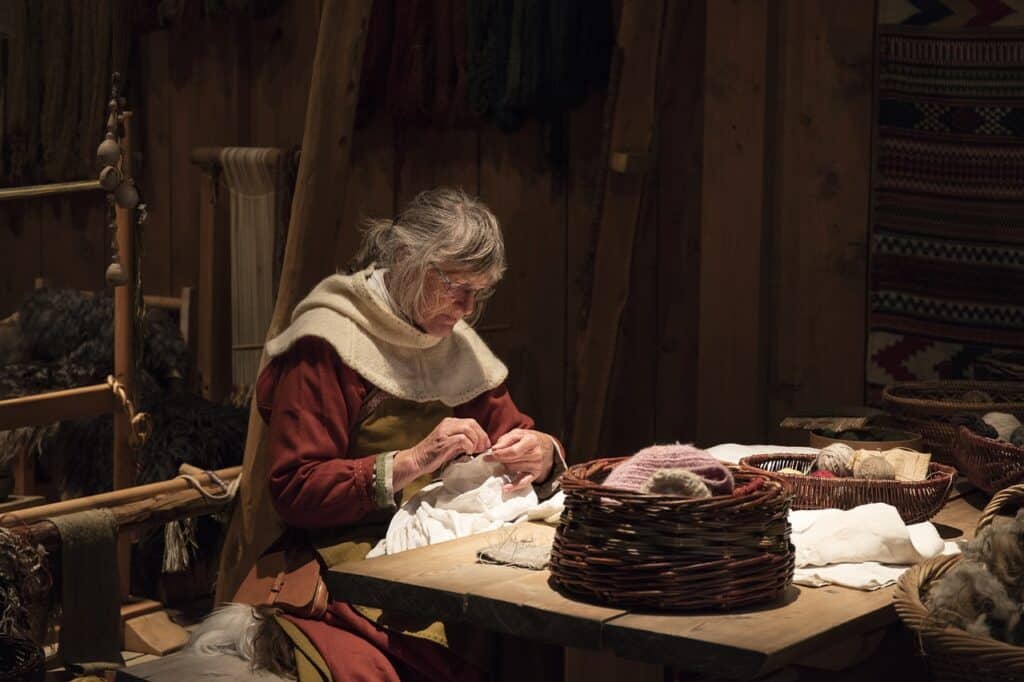
You need more Inspiration for your trip to Norway? Would you like to follow in the footsteps of the Vikings in Iceland go? Then take a look at our magazine! There are also lots more suggestions on the Triplegend Instagram account, Pinterest or Tiktok.
Don't miss out on your personal adventure and book your own trip with Triplegend today. We look forward to seeing you!
